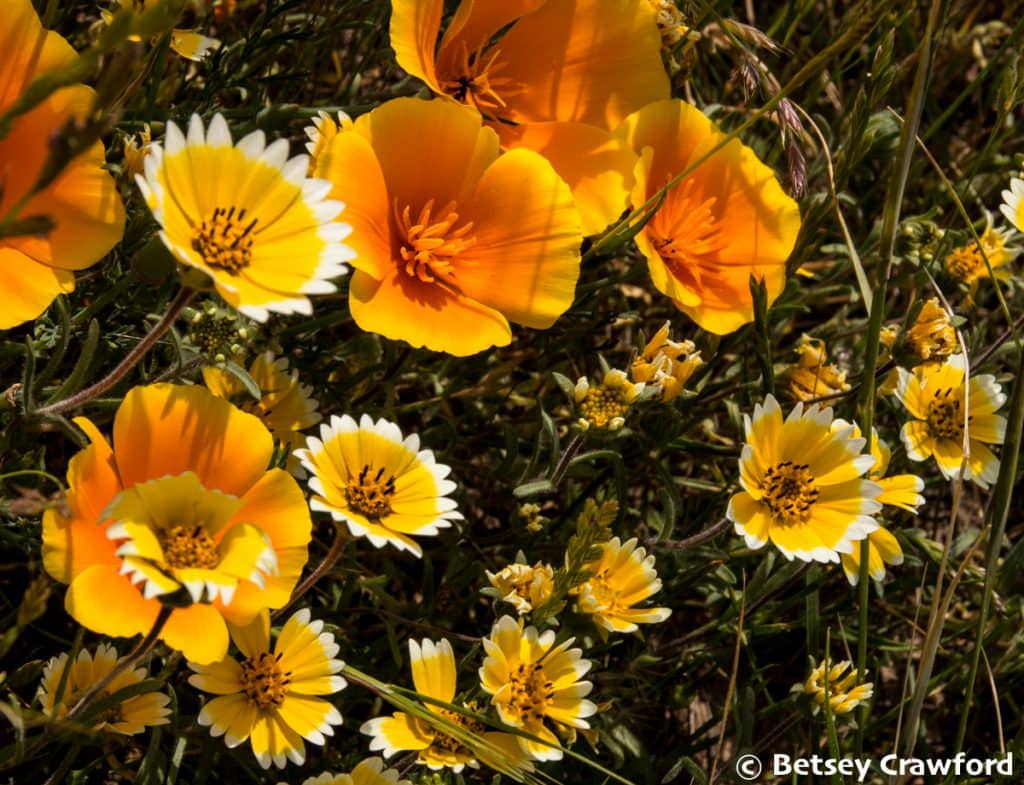
If I stand on the rocky ledge that is Ring Mountain on a spring day, within sight of San Francisco and bustling, built-up Marin County, I will be surrounded by a staggering variety of life. Wildflowers will be blooming: three different mariposa lilies, orange poppies, pink checkerbloom, blue dicks, yellow and white tidy-tips, pink and white buckwheat, two different wild onions, milkmaids, iris in all shades of purple and white. They will be growing among a mix of grasses, some three inches high, others up to two feet, with narrower and broader leaves, and tight or airy inflorescences. Above their heads, hawks and vultures will be wheeling. Sparrows, thrushes and wrens will be nesting in shrubs edging stands of wind-sculpted live oak. A coyote might emerge from among the rock outcroppings, stop at the sight of me, and choose another direction. A snake will make a quick, sinuous getaway at a movement of my feet.
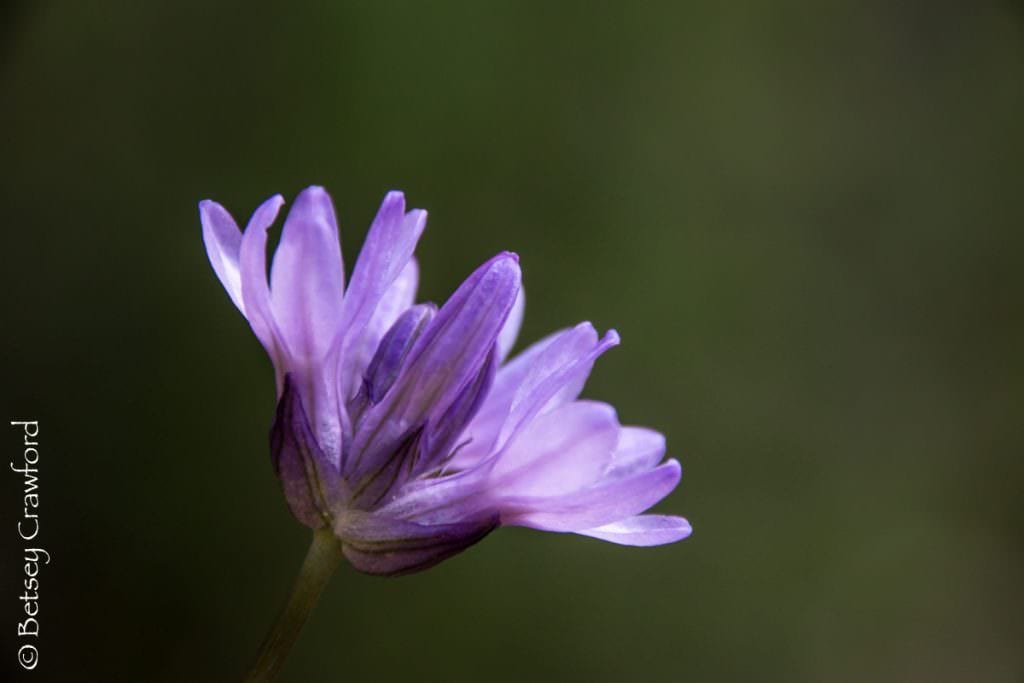
Butterflies of varied hues will float by. Different species of bees will be busy with the wildflowers. The dirt at my feet will be filled with billions of microbes, yeast, and fungi. When I aim my camera lens at a flower for a close up, I might find it full of tiny beetles I couldn’t see without magnification. If I raise my eyes to neighboring Mount Tamalpais, I’ll know of lives there that aren’t here: orchids, trillium, houndstongue, varieties of ferns cascading down hillsides. Bobcats are roaming there, and the tapping of woodpeckers softly echoes through the forest. Just a few miles north, the redwoods will start. Three hours east alpine plants and bears are coming to life under the snow in the Sierra Nevadas. Another hour and I’d be among the desert plants of Nevada. Just west, beyond Mt. Tam, I’ll float among whales, dolphins, seals, and the countless fish and plants that make up the life of the Pacific Ocean.
That’s just a tiny sample of what’s living in one tiny area of the world. And an area that is also full of a wide spectrum of humans, along with our buildings, cars, and roads. It’s not remotely wild here. And yet the sheer exuberance that has characterized evolution is on full display. It’s estimated that there are between 500 and 600,000 plant species on the earth. We’ve identified about 250,000 of them. More are evolving all the time. A 2011 study postulated that there are 87 million species on the planet, but the fungus crowd immediately disagreed with the study’s parameters, saying that fungus alone could eventually account for 5 million species.
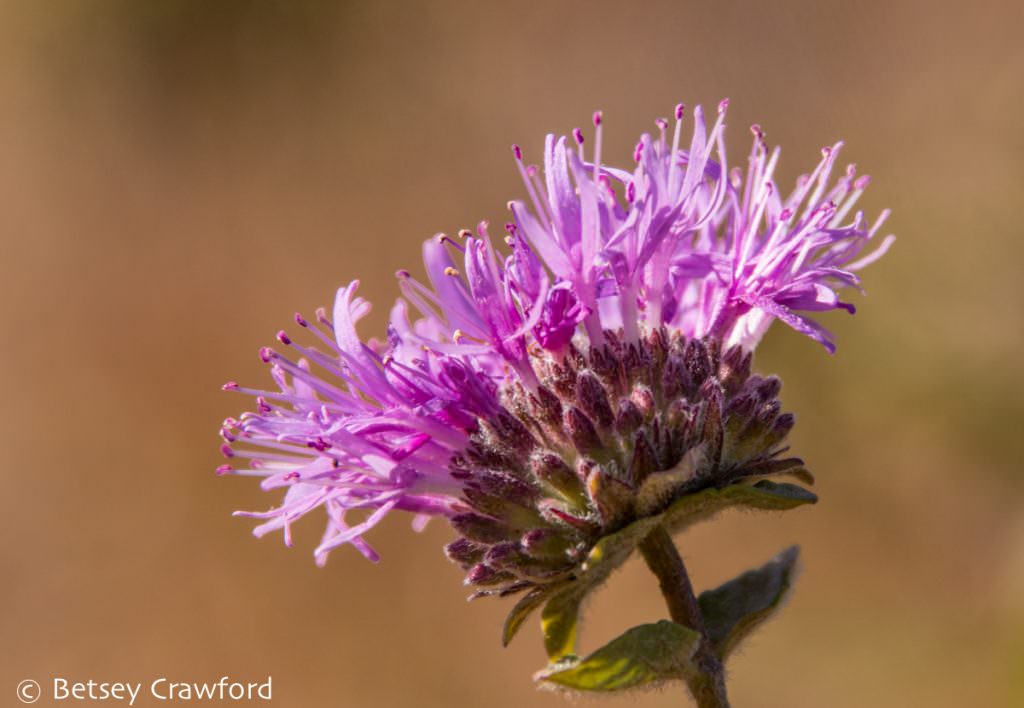
In other words, we don’t know. It’s a noble effort to track all of this, and crucial for species preservation in the midst of a frightening rate of extinction. But lists don’t tell us why we have all this exuberant abundance of forms, on an earth that itself offers a wide array of habitats: mountains, ponds, forests, rivers, deserts, savannah, estuaries, rolling hill country, prairie, arctic tundra, valleys, mud flats, rainforest, oceans, canyons. Evolution clearly chose variety as a driving force. There is innate wisdom in diversity; we’re living proof of its benefits. The mammalian world, including us, exists today because tiny mammals survived the meteor impact that wiped out the dinosaurs 65 million years ago.
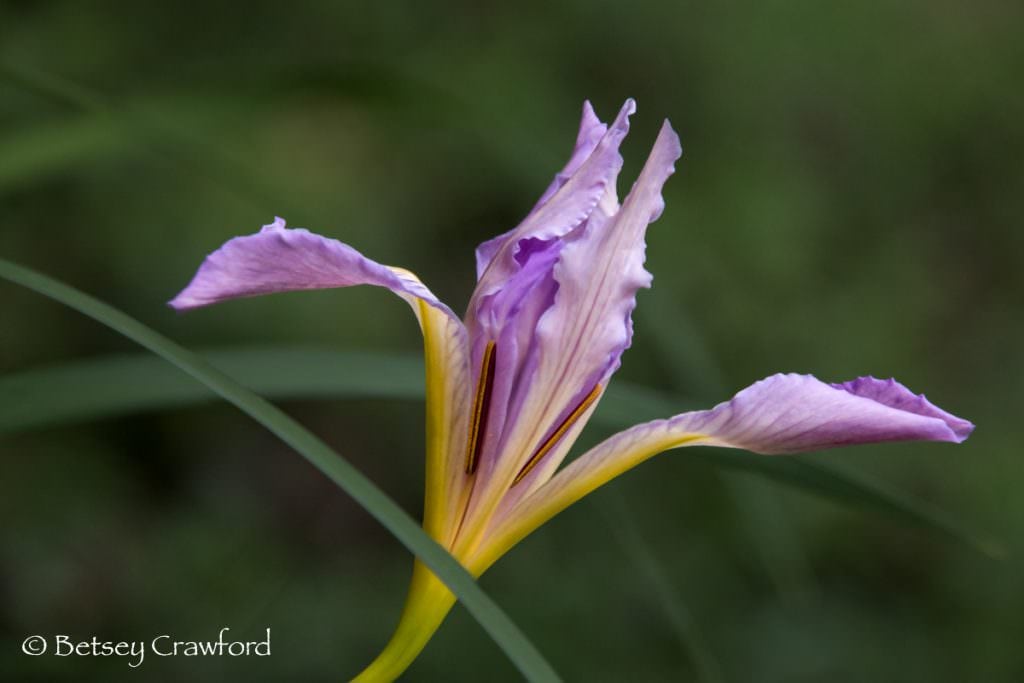

Genetic diversity within a species is also a strength, which is why sexual reproduction dominates the planet. Having genes from each parent keeps subtly mixing the gene pool, which makes it more likely that plants will gain resilience so they can prosper in their particular habitats. Combining new genes, generation after generation, allows for mutations that give rise to different colors, shapes, and adaptations, leading to a wider variety of species.
But still, I puzzle about this. Why the unbelievable profusion of forms? Why so many sizes, shapes, and colors, so many wondrous and sometimes odd variations? I accept the idea that the wildflowers surrounding me on Ring Mountain evolved to compete with each other for resources and pollinators, but that just moves the question laterally. Why are the pollinators so diverse, and why are their tastes — in nectar, color, pollen, approach — so varied?
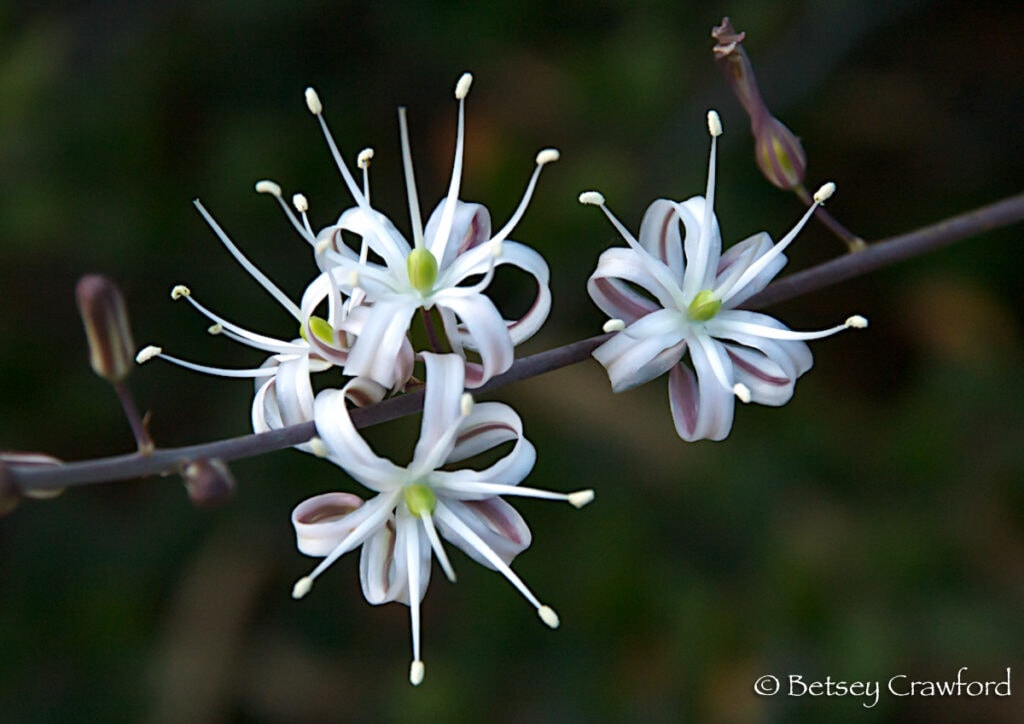
Though I’m delighted with the way things worked out, I can imagine an evolution that included less diversity. There are many more yellow flowers than purple, pink or red, implying that yellow has an evolutionary advantage. Why didn’t nature stick to yellow? Pollinators could have evolved to suit an all-yellow-flower world. It’s almost as if the creative forces just couldn’t help themselves. Wide petals! Strappy petals! What’s the oddest shape we can think of? Let’s fill California with orange poppies! Let’s surprise everyone and give luminous, silky flowers to tough, prickly cactus! Let’s perfume the roses!
It’s easy to understand why people for millennia would think all this has been put here for our benefit and joy. But those luminous cactus flowers were there for bees and hummingbirds, for the propagation of more cacti, not for human delight. The ancestors of the wind-blown wildflowers on Ring Mountain and the tiny, vivid spring orchids on Mount Tam were around for up to 100 million years before we cast our receptive eyes and processing brains on them and found them beautiful.

Carl Sagan and Thomas Berry, among others, have postulated the appealing idea that the universe evolved humans to be able to contemplate itself through those eyes and brains. I love this idea, but I also find it hard to wrap my head around. What kind of a universe would this be? Humans have long attributed consciousness to the cosmos, called by various names, all under the general category of gods. But our gods have always been a lot like us. The Hebrew bible says that humans were created in God’s image. But in reality, the often temperamental god depicted there shares a lot of traits with a warlord living in the Bronze Age, when the stories were first written.
I don’t attribute our brand of consciousness to the creative powers that brought us here with infinite slowness and incredibly elegant detail. But to say that we evolved so the universe can contemplate itself implies a mystery of intent that I struggle — happily — to fathom. Lately, I’ve been fascinated by a particular link between our mind and the universe. I find the idea that every rule governing the cosmos can be expressed — and predicted — by mathematical formulas both astonishing and hard to comprehend. But those who understand this language are filled with its beauty. It intrigues me that a cosmos bound by this intricate code eventually used it to evolve a brain capable of understanding it.
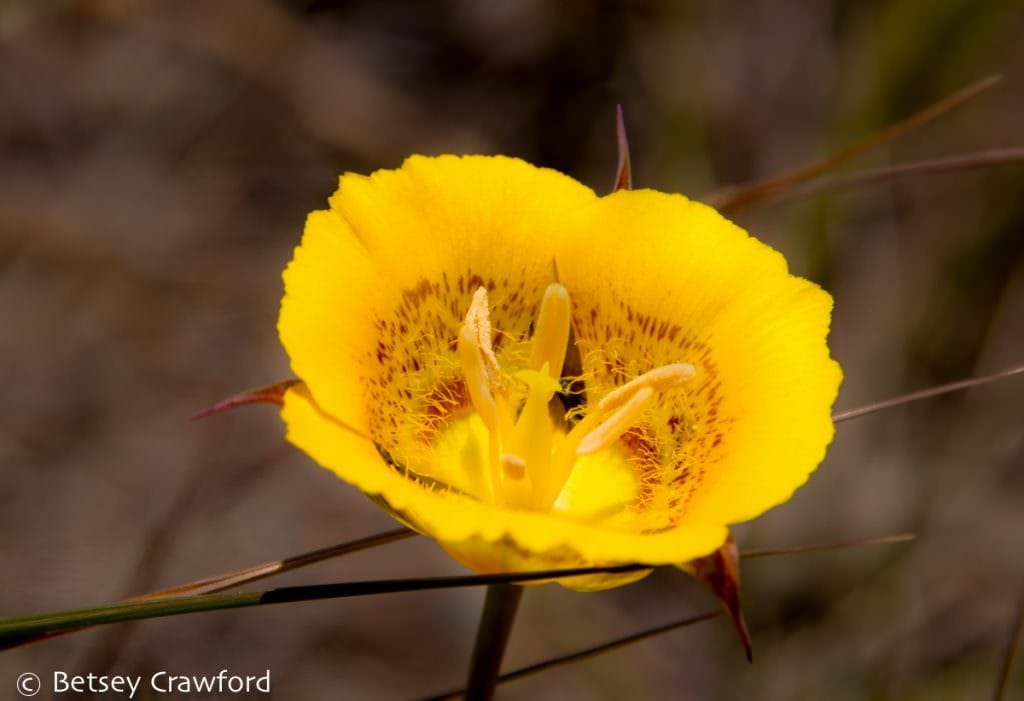
I love all of these questions, but when I’m standing on Ring Mountain — in the middle of a circle that includes ocean, mountain, desert, forest, meadow, rock, sky — I don’t think about math. I celebrate the gifts showering my senses — breeze, color, scent, birdsong. “The most beautiful and deepest experience one can have,” Albert Einstein said in My Credo, “is the sense of the mysterious.” How did I get here, one of millions of manifestations of the surrounding cosmos? Why did this wild abundance come into being? How did we come to sense all these wonderful things? These delightful mysteries are part of the beauty and joy of this sunlit spring moment.

I’d love to have you on the journey! If you add your email address, I’ll send you notices of new adventures.[madmimi id=178565]
Related posts:
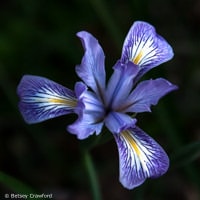
the headlands
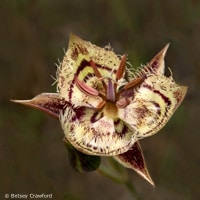
mariposa lily?
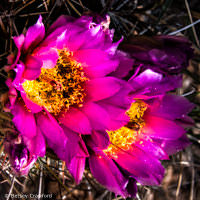
of their place
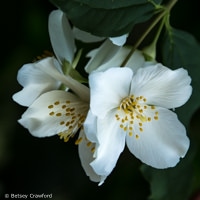
gardening with native plants
Busy week-so I saved this until this moment when I knew I could savor its delicious beauty and let it sink deep into my heart. Words, images, my beloved California poppy blooming in a land that has always felt like home on the planet to me. And the deeper home that you describe- the home that defies description with either words or images and yet is even more real than they are- shines through. It is as though the infinite must express itself in diversity simply because it cannot be contained by anything. All that just is- and so much more. You are the soul of the earth- its spokesperson- so that we are reminded of who we are and for that I am deeply grateful!
Thank you for this gorgeous comment, Marcia. It’s the greatest blessing to feel that I can be any part of people feeling at home on the planet we all love so much, and are such an integral part of. And I absolutely love the idea that the “infinite must express itself in diversity simply because it cannot be contained by anything.” I feel certain that will work its way into another post at some point!
I love those scrappy petals of the soap plant flowers. They are like ribbon bows. What a delight!
I heard something this weekend that this post somehow connects with: The force of creation is diversity connected by a unifying truth. Our society is becoming more aware of the diversity of the universe, and in each other, but is lacking in a unifying truth, something we can all buy into. Assuming this, the question that arises in me is what is afoot that is heading us into this seeing and understanding what will unify us? It feels to me like your questions and this gorgeous exploration and illustration of the mystery of creation has got to be at least part of it.
Thank you again for bringing even more alive this place I’ve called home for my whole life.
I meant STRAPPY petals!
They’re scrappy and scrappy! This photo is from the first soap plant I ever saw, in the Santa Monica Mountains, and I was enchanted with it. Later, in Marin, I was on a walk with county naturalists and one said of some long, curly leaves, “Oh, that’s soap plant.” I couldn’t believe she could be so dismissive of this rare and gorgeous flower. Later in the season I saw why: there are zillions of them. So they are a tough lot.
Your thought about a unifying truth is what Thomas Berry calls ‘the new story,’ and he means exactly what you’re saying: ‘an understanding that will unify us.’ I’d love to know what you were listening to.
I love the idea that I’m bringing your home more alive to you.
Magically transported yet again by your glorious words and photos. ????????????
Thanks, Annie. I absolutely love the idea of magically transporting anyone!
Love your writing.
I am inspired to see where I am with such detail and possibilities.
Thank you, Ellen. I’m so happy to inspire you as you start your adventures.
I’m transported…! Even the name, Ring Mountain,evokes faeries and standing stones, and mystery and wonder… From this perspective, I am at a loss to understand how anyone can find conflict between creation (as in “creationism”) and evolution. Could ANYTHING be more “creative” than the ceaseless, millennial-long “evolutionary” processes and abundance so evident here?
Nothing was “finished” thousands of years ago and, even if we humans, in our arrogance and foolishness, bring on some monumental destruction, it’s likely the Universe – in some form we cannot imagine – never will be.
(And, once again, your photographs are breathtaking and always get their own separate run-through several times, before I even start reading!)
MLAA
Thank you for this beautiful comment. I so agree about the wonder of the ceaseless creative transformation that is our planet. And about Ring Mountain. I don’t even want to find out where the name comes from. It’s bound to be so much more pedestrian that our imaginings!